By Emmanuel Martinez and Melissa Runnels
Listen to an audio story from Annenberg Radio News
Members of the Bus Riders’ Union, Beverly Hills Unified School District, the Crenshaw Subway Coalition and other groups held a small rally Tuesday at the corner of Crenshaw and Slauson to protest Measure J.
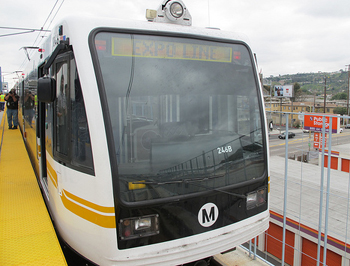 />The measure, which is on the November ballot, would extend the half-cent county sales tax until 2069 and generate $90 million for the Metropolitan Transit Authority (MTA). Sun-Young Yang, of the Bus Riders’ Union, sees Measure J as a $90 million imposition that won’t improve the bus system she depends on: “MTA has actually no plans to expand bus service and in fact they plan to raise fares and cut bus service.”
/>The measure, which is on the November ballot, would extend the half-cent county sales tax until 2069 and generate $90 million for the Metropolitan Transit Authority (MTA). Sun-Young Yang, of the Bus Riders’ Union, sees Measure J as a $90 million imposition that won’t improve the bus system she depends on: “MTA has actually no plans to expand bus service and in fact they plan to raise fares and cut bus service.”
Yang also believes MTA has already failed to deliver on promises regarding the recent light-rail expansion. “The rail lines that they have built out so far did not deliver half of the ridership that they promised. When you have $1 billion per-mile price tag, that means we should get ridership that we see in Seoul, Korea, and other metropolises that have not a thousand riders, but millions of riders,” she said.
The rail expansion is a touchy subject for Damien Goodmon of the Crenshaw Subway Coalition. Goodmon says MTA simply cannot be trusted. “ This is not an agency that plans well. This is not an agency that responds well to community concerns.”
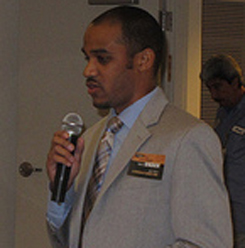 File photo: Damien Goodmon File photo: Damien Goodmon |
Measure J would extend Measure R—a similar measure passed in 2008. Goodmon believes MTA’s record since then speaks for itself. “We passed Measure R just four years ago and in that period of time, they have ignored the concerns of a cross section of community groups, from the Boyle Heights to Baldwin Hills to Crenshaw to the Bus Riders’ Union,” he said.
However, it’s difficult to ignore the success of Measure R. MTA completed the extension of the Orange Line in three years and also started two light-rail projects.
If Measure J is approved, the 15 projects already in the works won’t necessarily get stuck in neutral. The tax extension could jumpstart work on projects like the Subway to the Sea, more soundwall construction, and improvements to the 5, the 405, and the 110 freeways.
The measure needs a two-thirds super-majority to pass. Current polling shows 67 percent in favor, 27 against—which means approval isn’t guaranteed. With about three weeks before the election, the tide could shift either way.









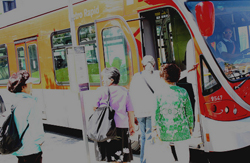
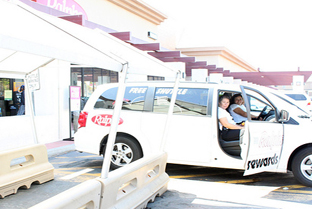 For those living in South LA and wondering how to get their groceries home without violating the rule, one grocery store in the area offers a shuttle for shoppers: The Ralph’s at Vermont and Adams has shuttle-vans that will take customers home within a five-mile radius of the store if they have purchased at least $25 worth of groceries. Customers can sit under a canopy while waiting for a van. The store operates the service from 9:30 a.m. – 10 p.m. daily and is the only Ralph’s in the area to offer shuttle service.
For those living in South LA and wondering how to get their groceries home without violating the rule, one grocery store in the area offers a shuttle for shoppers: The Ralph’s at Vermont and Adams has shuttle-vans that will take customers home within a five-mile radius of the store if they have purchased at least $25 worth of groceries. Customers can sit under a canopy while waiting for a van. The store operates the service from 9:30 a.m. – 10 p.m. daily and is the only Ralph’s in the area to offer shuttle service.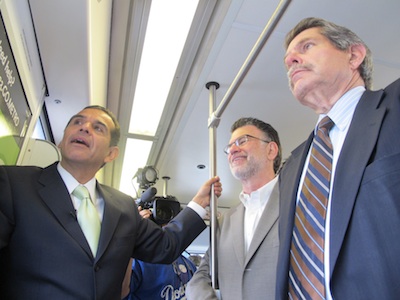
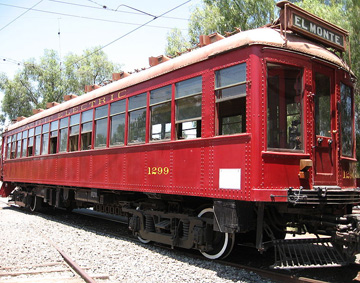
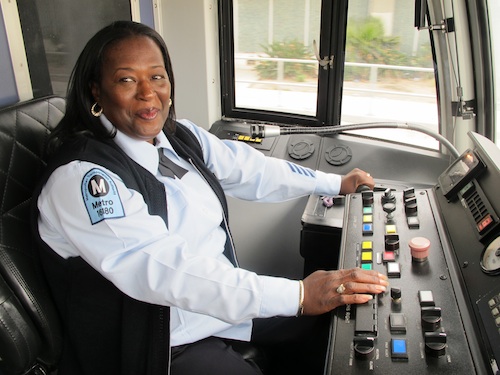
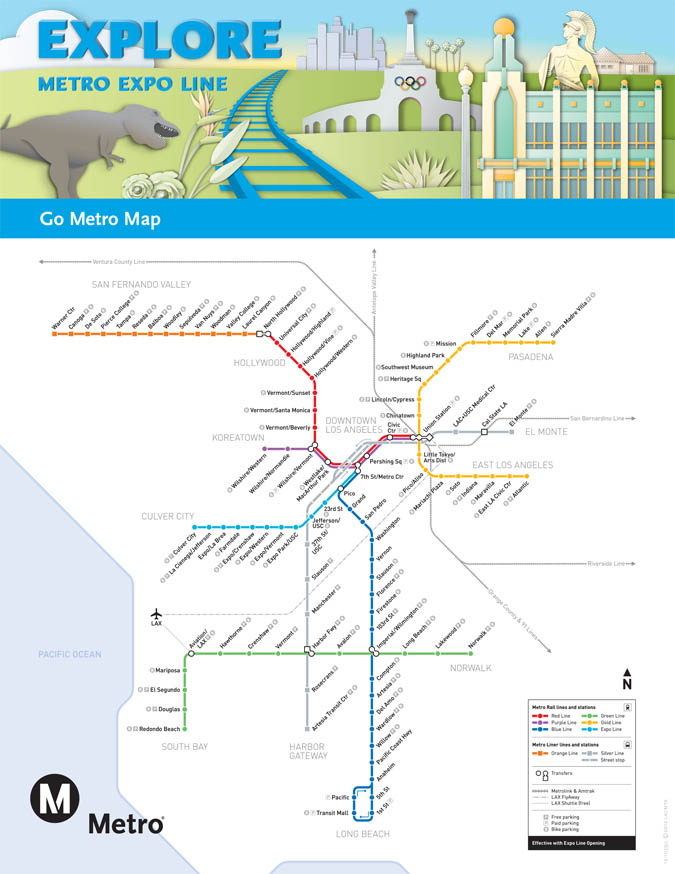
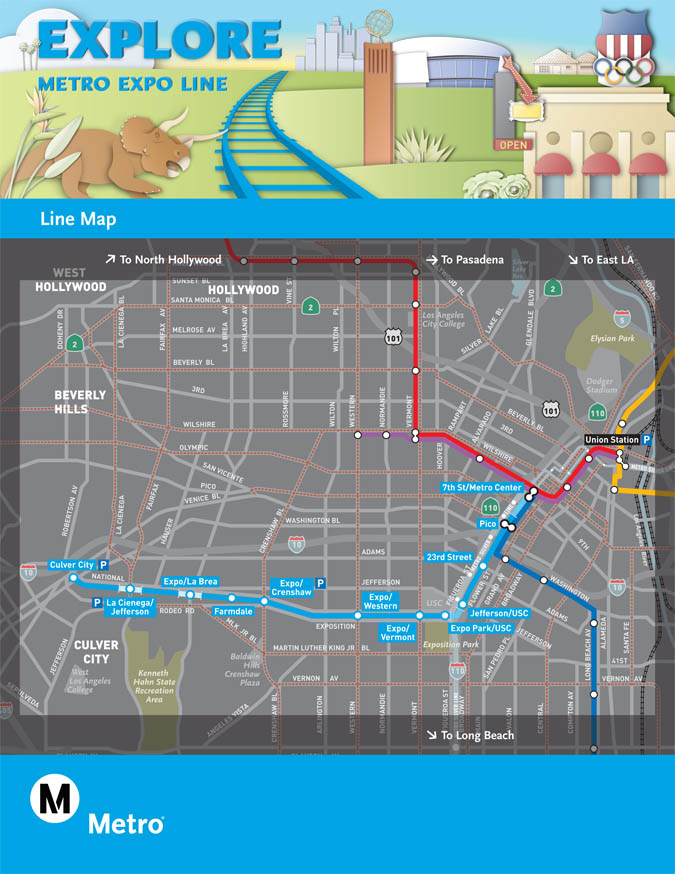
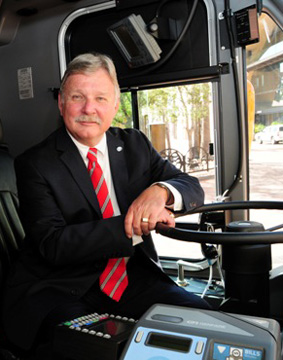
 South L.A. resident Pam Licavoli shared her opinion:
South L.A. resident Pam Licavoli shared her opinion: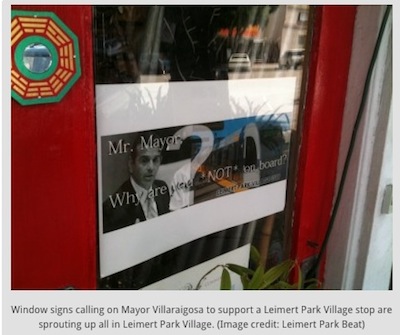 Simultaneously, the Crenshaw Subway Coalition has been advocating for the project to be adequately funded to make such happen. Yet, at every turn we’ve been met with forceful opposition from the MTA staff and the board – most prominently Mayor Villaraigosa.
Simultaneously, the Crenshaw Subway Coalition has been advocating for the project to be adequately funded to make such happen. Yet, at every turn we’ve been met with forceful opposition from the MTA staff and the board – most prominently Mayor Villaraigosa.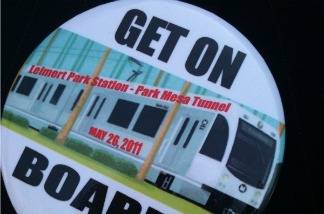 What they don’t recognize is the decades-long work the community has done to position Crenshaw for its rebirth in spite of constant political and bureaucratic challenges and neglect. Residents and business owners came together to push for and pass a specific plan for the Crenshaw corridor that prohibits uses like liquor stores and motels, and guides future development in a direction similar to Downtown Culver City.
What they don’t recognize is the decades-long work the community has done to position Crenshaw for its rebirth in spite of constant political and bureaucratic challenges and neglect. Residents and business owners came together to push for and pass a specific plan for the Crenshaw corridor that prohibits uses like liquor stores and motels, and guides future development in a direction similar to Downtown Culver City.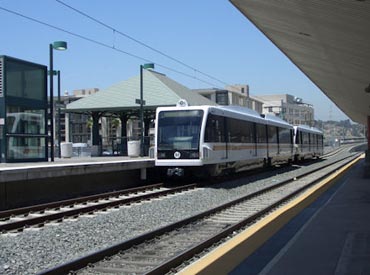 By Anita Little
By Anita Little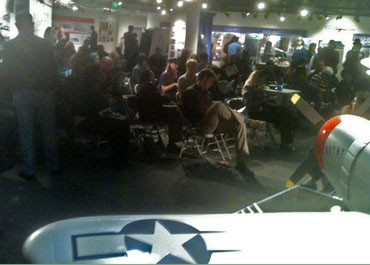 The good news for South Bay residents is that the Metro light rail is expanding. The bad news is that the new line, which will connect Exposition Boulevard to LAX Airport, comes with some extra baggage.
The good news for South Bay residents is that the Metro light rail is expanding. The bad news is that the new line, which will connect Exposition Boulevard to LAX Airport, comes with some extra baggage.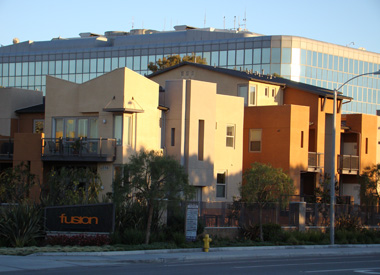 A proposed new Metro rail yard has raised concern among Hawthorne residents, who say they were not sufficiently notified about the site. They fear the site may bring health risks to the surrounding residential communities.
A proposed new Metro rail yard has raised concern among Hawthorne residents, who say they were not sufficiently notified about the site. They fear the site may bring health risks to the surrounding residential communities.




